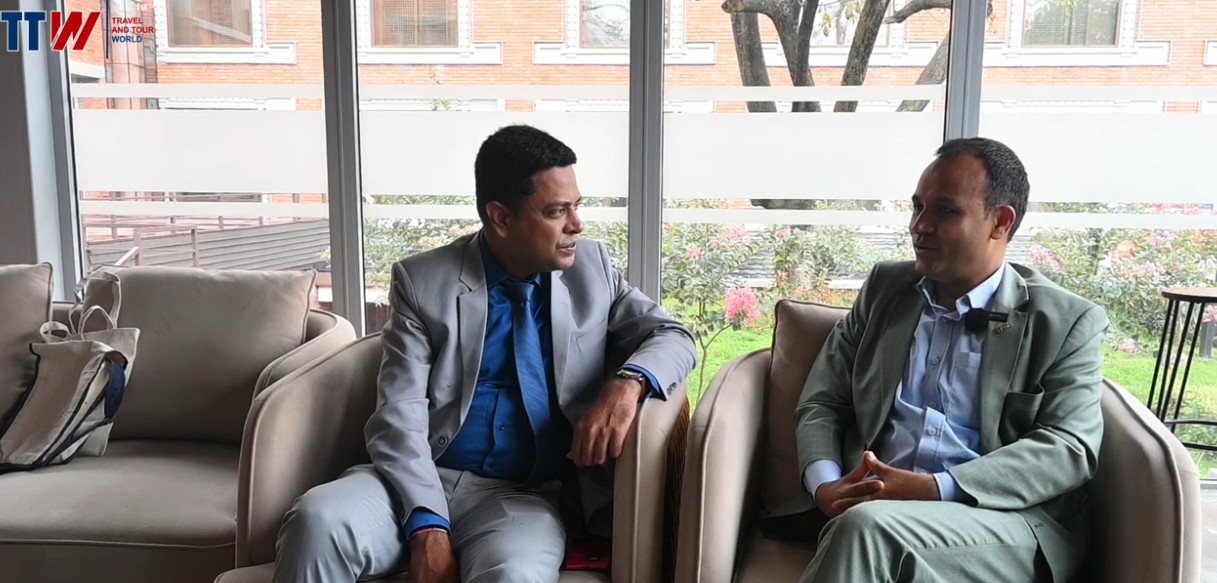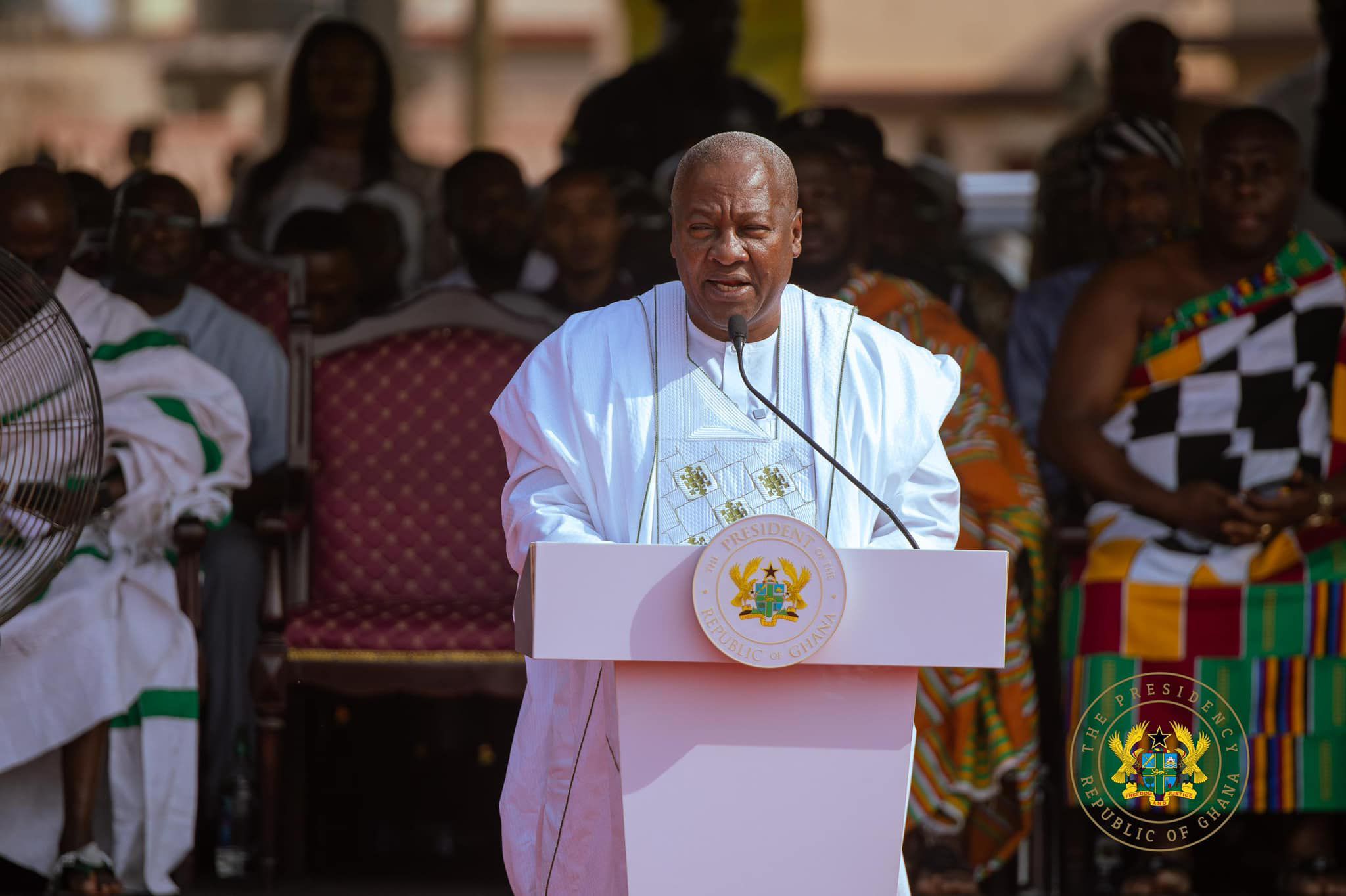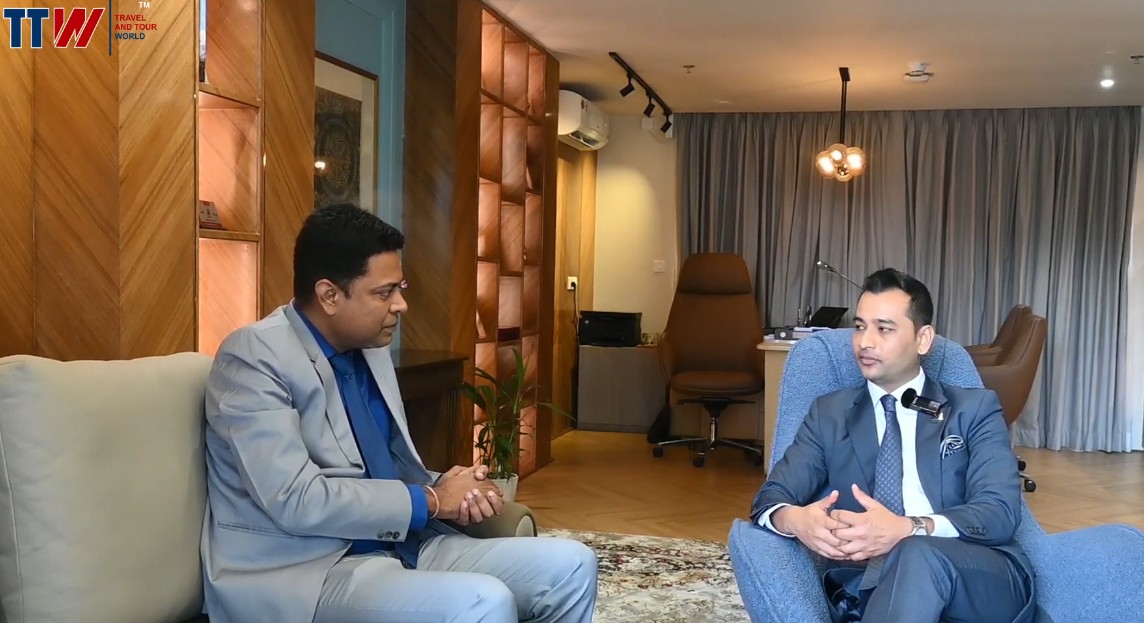Himalayan Travel Mart 2025 Seen as Key for Nepal's Tourism Growth

Nepal is currently undergoing a significant tourism transformation, leveraging its unique position in the Himalayas where ancient traditions seamlessly blend with stunning natural landscapes. Central to this revolution is the Himalayan Travel Mart (HTM) 2025, an annual event that has firmly established itself as a premier travel forum in South Asia. This year’s HTM not only convened tourism stakeholders from around the world but also powerfully conveyed Nepal’s ambition to redefine global perceptions and experiences of mountain tourism.
In an exclusive interview with Travel and Tour World, Mr. Khem Lakai, Chairman of the Pacific Asia Travel Association (PATA), Nepal Chapter, provided insightful perspectives into Nepal’s tourism aspirations, the challenges it faces, and its strategic roadmap towards becoming a truly sustainable international tourism hub. Mr. Lakai enthusiastically described HTM as more than just a trade show; he sees it as a “festival” where buyers and sellers of Himalayan tourism converge to network and celebrate their shared passion for travel. The fifth edition of HTM, held in Kathmandu, attracted buyers from over 30 countries and sellers from six, maintaining high quality despite space constraints. The event’s unique appeal lies in its dual nature, combining serious business discussions during the day with vibrant cultural immersion in the evenings, reflecting the joyful and discovery-oriented essence of travel and tourism.
Mr. Lakai emphasized a more integrated and borderless view of the Himalayas, moving beyond the romanticized image. He clarified that the Himalayas extend across India, Bhutan, Tibet, and Nepal, forming a unified ecological and cultural system. This broader perspective positions HTM as a platform for regional collaboration rather than competition, underscoring the collective responsibility of Himalayan nations in combating climate change and preserving the fragile ecosystem.
Following the devastating impact of the global pandemic on the travel industry, Nepal has demonstrated a robust recovery, welcoming over 1 million tourists in 2024. However, Mr. Lakai’s focus transcends mere numbers, advocating for a shift from “volume to value.” He stressed the importance of attracting “mindful travelers” who seek authentic experiences and are willing to invest in them. Nepal is strategically positioning itself to cater to this evolving demographic of travelers by developing new resorts, expanding trekking routes, establishing wellness retreats, and enhancing its digital infrastructure to meet contemporary expectations.
Despite boasting 1,310 peaks over 6,000 meters, Nepal’s tourism has historically concentrated on iconic sites like Mount Everest and Annapurna. Mr. Lakai believes that this over-concentration needs to be addressed through diversification. He pointed to dozens of untapped routes, pristine villages, and less-trodden trails that offer the same Himalayan allure without the crowds. This strategic diversification is crucial for sustainability and caters to the growing demand for solitude, nature, and genuine interactions with local communities, which Nepal can abundantly provide.
A heartening trend observed by Mr. Lakai is the increasing popularity of community tourism, where travelers seek authentic cultural immersion rather than curated experiences. This includes engaging in local meals, staying in traditional homestays, and learning handicrafts. Parallel to this, well-being tourism is rapidly gaining traction, with Nepal’s serene landscapes, rich yoga traditions, and holistic healing retreats making it an ideal destination. Mr. Lakai eloquently described walking in the Himalayas as not just physical exercise but “therapy for the soul.”
Despite the promising outlook, the path forward is not without challenges. Mr. Lakai identified infrastructure in lesser-known areas as the primary hurdle. While stunning villages may attract tourists, the lack of basic amenities such as clean accommodation, local food options, proper sanitation, and adequate roads in remote regions poses a significant problem. Currently, most facilities are concentrated in traditional tourist hubs. However, Mr. Lakai views this challenge as a golden opportunity for business development, envisioning the creation of authentic experiences with essential comforts in untouched locations.
Digital innovation and visa simplification are also critical for Nepal’s tourism growth. Mr. Lakai emphasized that modern tourists prioritize convenience, and cumbersome visa processes or limited online booking options can be significant deterrents. He lauded Nepal’s recent efforts to simplify its visa-on-arrival policy and called for further progress in e-visas, drawing inspiration from countries like Singapore and Turkey that offer seamless digital processes. He recounted his positive experience in Turkey, where he obtained his visa online within minutes, highlighting the efficiency that modern travelers expect.
Mr. Lakai’s perspective is deeply rooted in the belief that tourism is fundamentally about human connection. He shared a personal travel memory of a local meal in Bhutan being more memorable than a luxury hotel experience, reinforcing that travel is about people, not just places. He referenced Dr. Taleb Rifai, former UNWTO Secretary-General, stating, “A country best enjoyed by its own people is the country tourists will love.” Mr. Lakai wholeheartedly believes that if Nepalese citizens cherish their own culture, food, and festivals, this joy will be infectious to visitors.
As HTM 2025 concludes, it is evident that Nepal is not merely riding a tourism wave but actively shaping its future. Through thoughtful planning, profound cultural awareness, and a steadfast commitment to sustainability, the country is crafting a new paradigm for global travel. Mr. Lakai concluded by emphasizing that contemporary tourism transcends luxury; it is about finding deeper meaning, connection, healing, and joy. Nepal, he asserted, possesses all these elements, and with visionary leaders like Khem Lakai, the future of Nepal’s tourism appears not only promising but truly inspiring.










